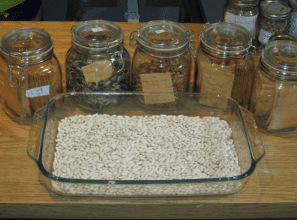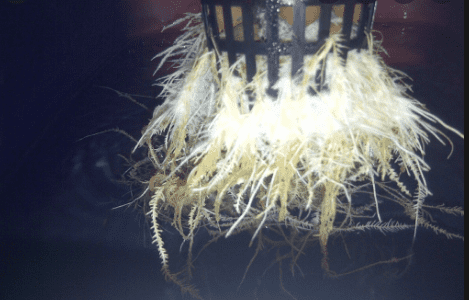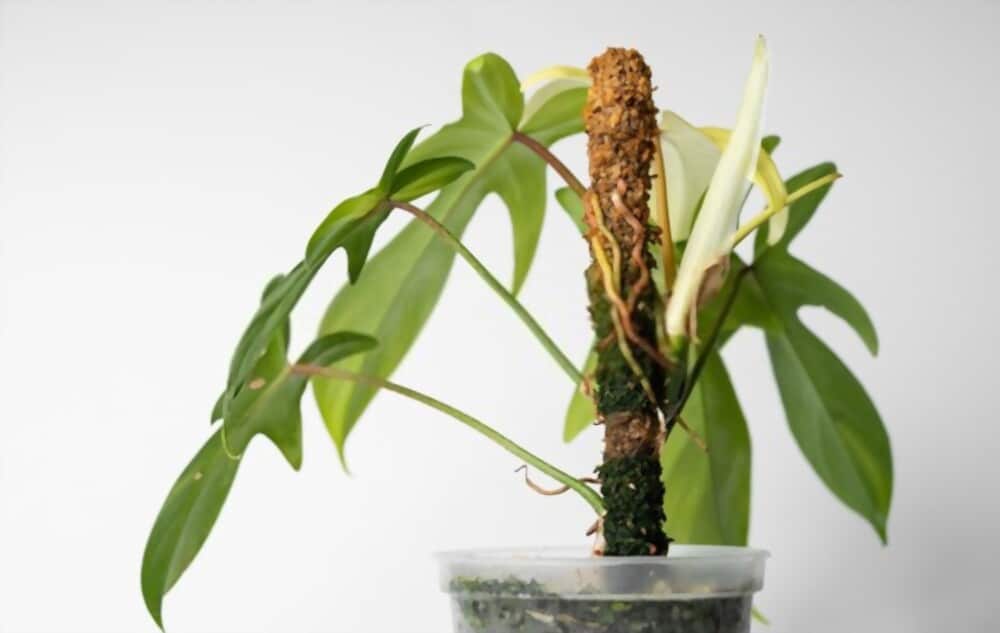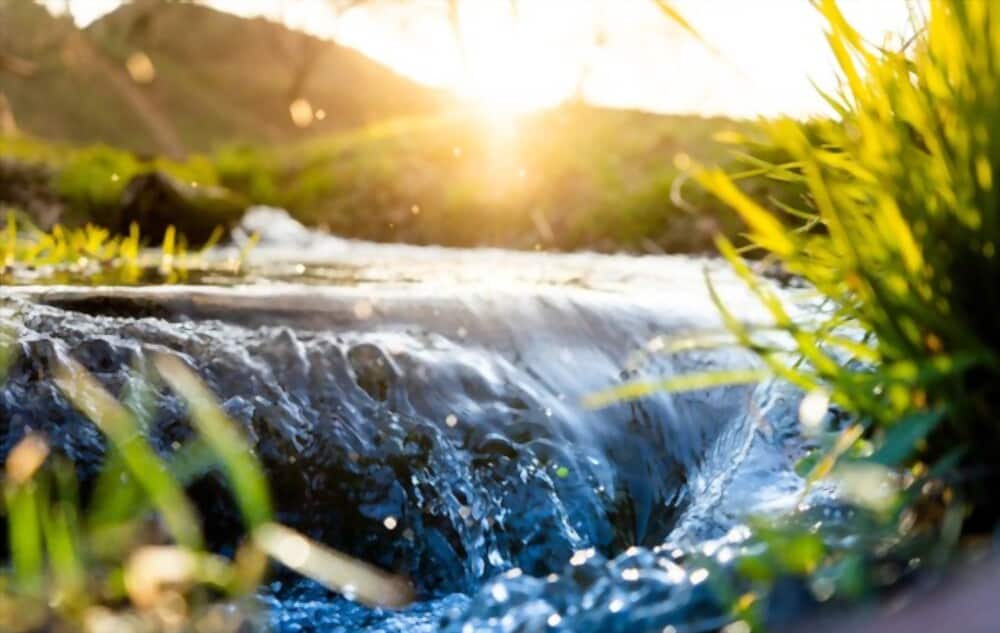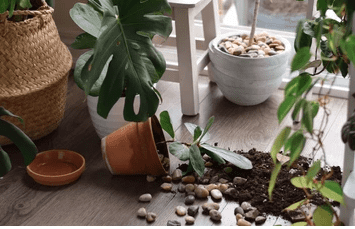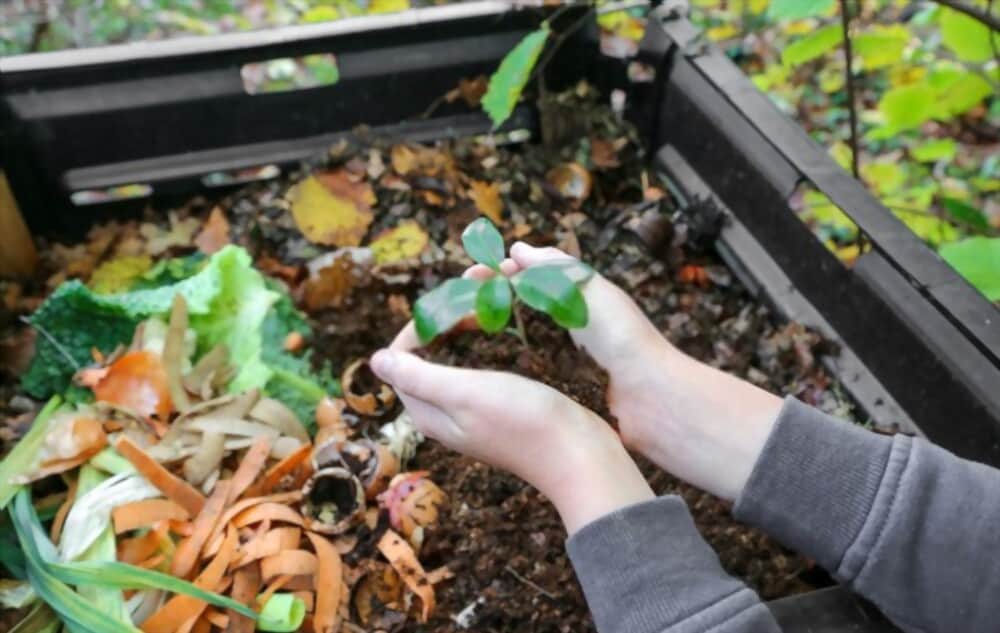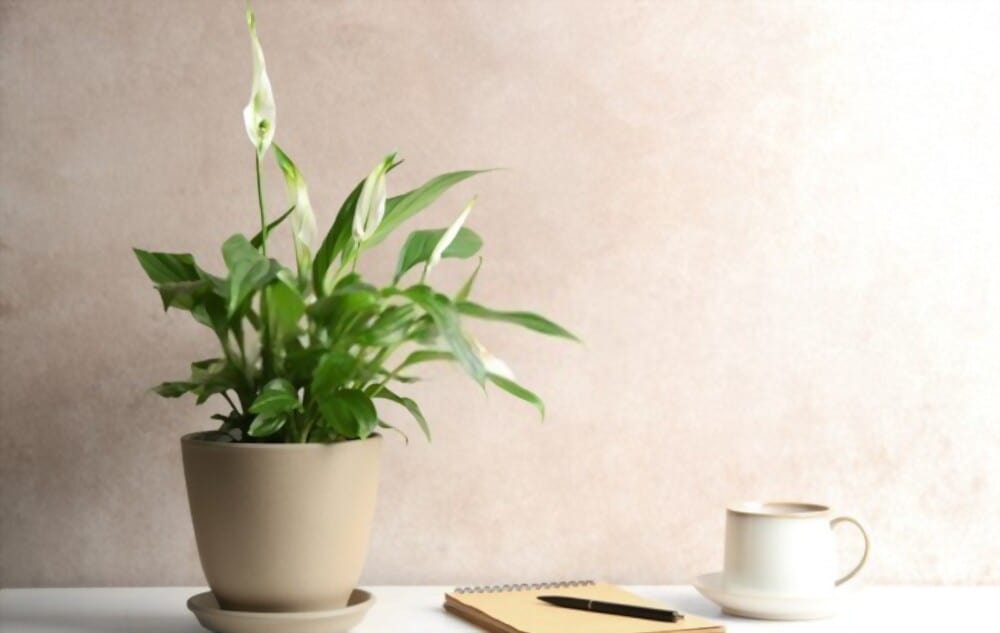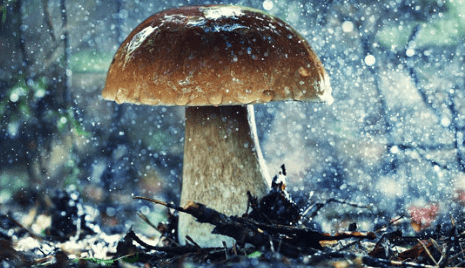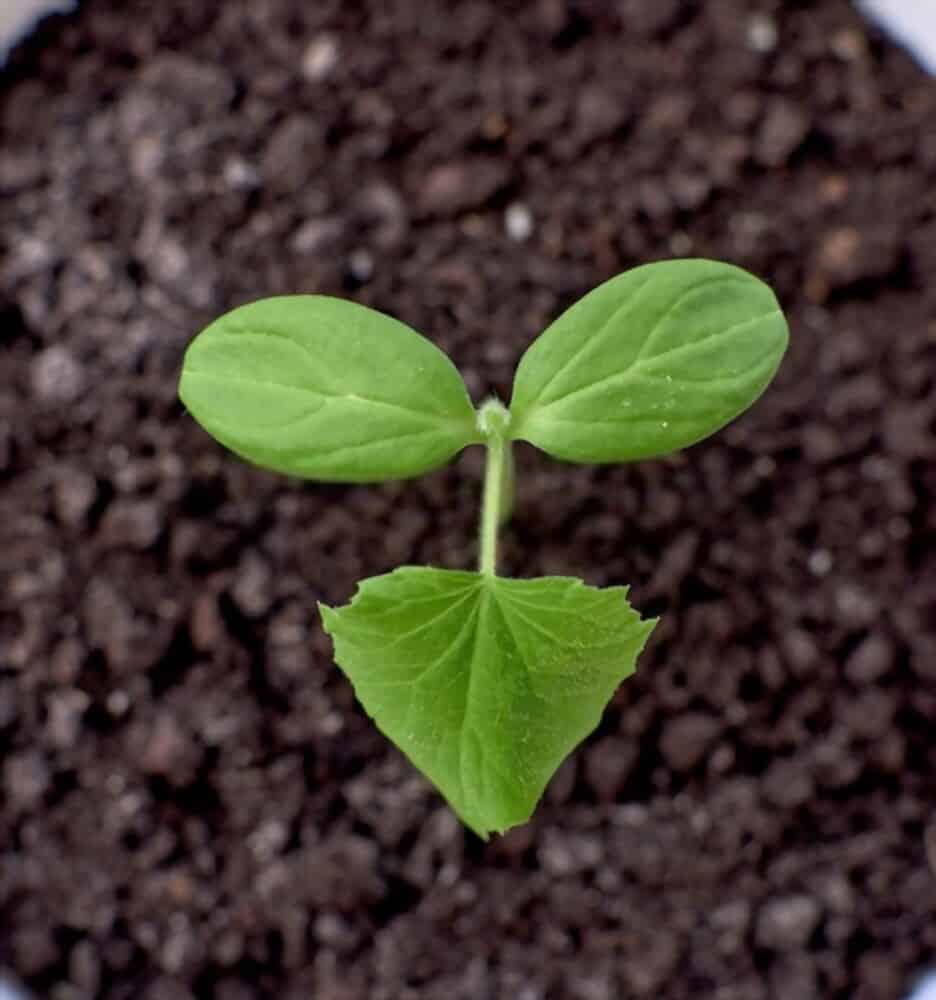Drying Seeds Before Planting: Grow Healthier Plants
Before planting, seeds should be dried to protect the insides and aid in germination and the development of a healthy seedling. Because the drying process hardens and seals the protective shell around interior sections, seeds that are dried before planting have a better chance of germinating. On a spotless surface, seeds should be dried for …

